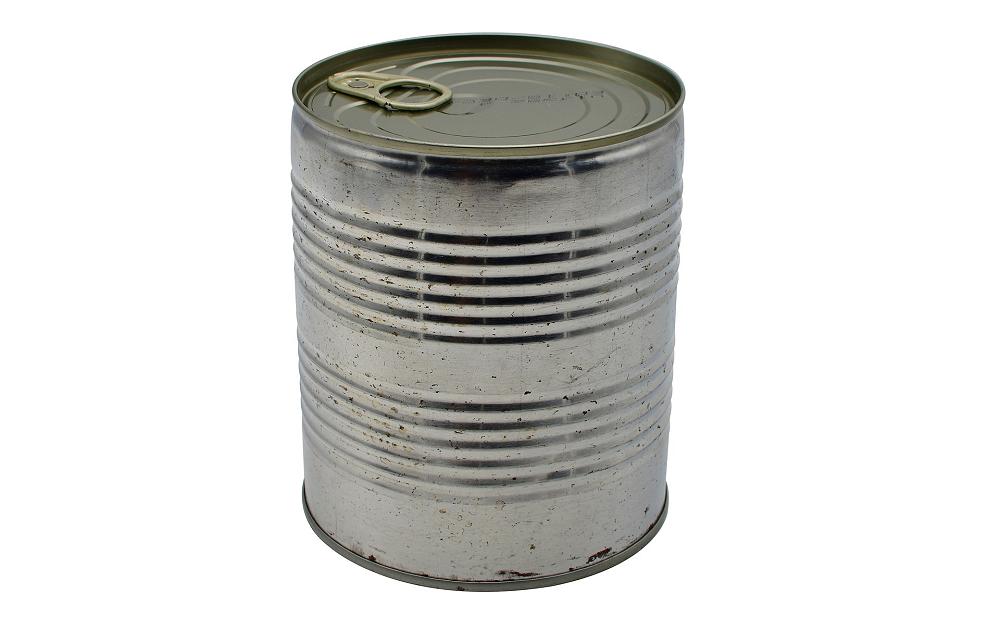Eyebags, those undereye puffiness issues that plague many individuals, are a common concern. Many people resort to various cosmetic solutions to conceal these unsightly bags. However, one question that often arises is whether wearing glasses contributes to the formation of eyebags. This article delves into the complexities of this topic, addressing misconceptions, underlying causes, and preventive measures.
First and foremost, it is essential to understand the physiological reasons behind the formation of eyebags. Eyebags, or periorbital puffiness, occur due to various factors such as genetics, aging, sleep deprivation, and environmental influences. The skin around the eyes is thinner and more delicate than other regions, making it more susceptible to swelling and fluid retention. But what role, if any, do glasses play in this scenario?
To address this question, one must first consider the anatomy involved. Glasses sit on the nose and rest against the skin under the eyes. For some wearers, especially those with heavy or ill-fitting frames, the pressure exerted on the delicate skin can hinder circulation and contribute to puffiness. However, this is not a universal truth. The impact of glasses on eyebag formation largely depends on the type, fit, and material of the eyewear.
For instance, oversized glasses designed with a heavier frame can cause indentations on the skin beneath the eyes, leading to temporary swelling. This phenomenon is particularly pronounced in individuals with sensitive skin or those predisposed to developing puffiness. On the other hand, lightweight frames that fit well and don’t pinch the skin are less likely to exacerbate the problem.
Moreover, consider how the wear duration influences this dynamic. Those who wear their glasses for extended periods may experience some effects related to prolonged pressure. This is notably significant for people with more prominent eyeglass frames, as the weight may gradually cause indentations over time. Nonetheless, it’s important to note that the occasional wearing of glasses is unlikely to make a permanent difference to one’s appearance. It is the continuous, habitual pressure that can lead to issues.
Beyond the mechanics of wearing glasses, it’s vital to acknowledge the intrinsic factors, such as lifestyle choices, that exacerbate eyebags. Factors such as insufficient sleep, poor dietary habits, and high levels of stress can trigger inflammation and lead to fluid retention under the eyes. Therefore, if an individual is already genetically predisposed to dark circles or puffiness, wearing glasses may simply reveal underlying issues rather than be the root cause.
Sleep plays a significant role in the overall appearance of the eyes. Lack of quality sleep leads to increased blood flow and swelling around the eye area due to decreased lymphatic drainage. If the presence of glasses simply reveals the eyebags created by sleep deprivation, is it fair to blame eyewear for the consequential unsightliness? Clear and restorative sleep remains imperative, regardless of whether one wears glasses or not.
Furthermore, dietary influences can’t be discounted. Excessive salt intake leads to water retention, which inevitably manifests as puffiness around the eyes. Individuals engaging in poor nutrition who then wear glasses may find their puffy bags more pronounced under the frames. Thus, it raises an interesting point: while glasses might accentuate existing conditions, they do not singularly cause them.
Environmental factors like allergies should also be considered. Allergic reactions can lead to inflammation, thereby making the eyes appear swollener. Those with glasses might find that the frames interact with allergic responses more than those not wearing them; however, this is not a case of causation but rather correlation. If one is predisposed to allergens, regardless of whether one wears glasses or not, eyebags will remain a likely outcome.
So, what can be done to combat eyebags, particularly for those who wear glasses? For starters, choosing lighter frames made from hypoallergenic materials can help minimize pressure on the skin. Properly fitting glasses are crucial—not just for vision but also for maintaining aesthetic integrity. It’s also wise to engage in nightly skincare routines that focus on the delicates of the eye area to reduce puffiness and enhance hydration.
Additionally, managing lifestyle factors is key. Prioritize restful sleep, consider implementing a balanced diet low in sodium, and remain hydrated. Incorporating antioxidant-rich foods can promote skin health that might mitigate the appearance of eyebags. Techniques such as cold compresses or eye masks can also provide immediate relief for swelling, regardless of whether one wears glasses.
In conclusion, while wearing glasses may play a contributory role in the formation of eyebags for some, it isn’t the sole actor in this play. Eyebags arise from a confluence of factors, including wear habits, frame weight, lifestyle choices, and inherent genetic predisposition. By acknowledging these dimensions, individuals can take proactive steps, whether they wear glasses or not, to diminish the appearance of their eyes. Ultimately, awareness is the first step toward clarity, both visually and figuratively.

